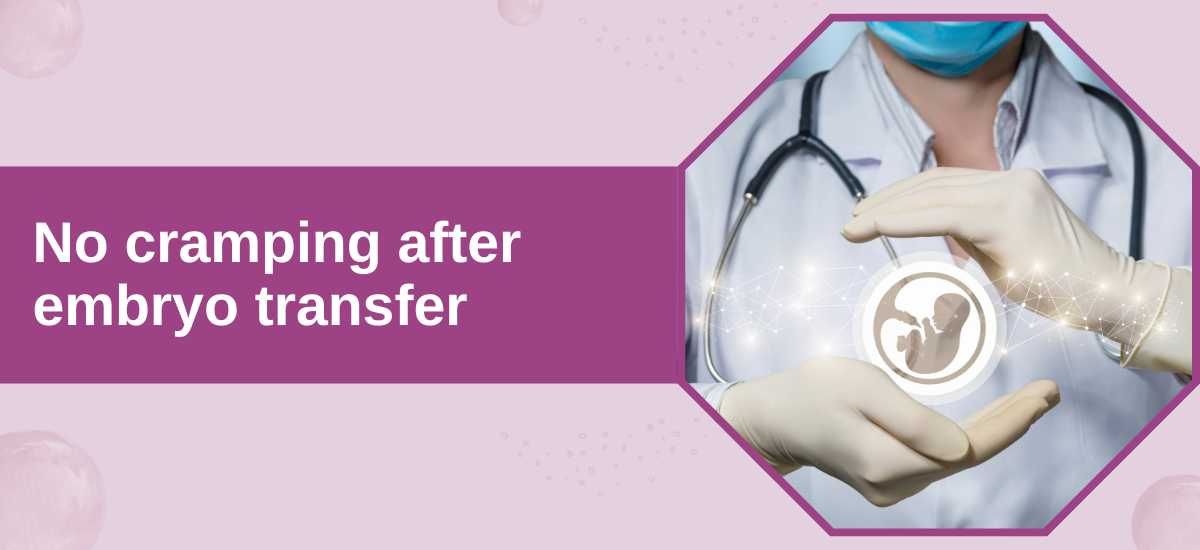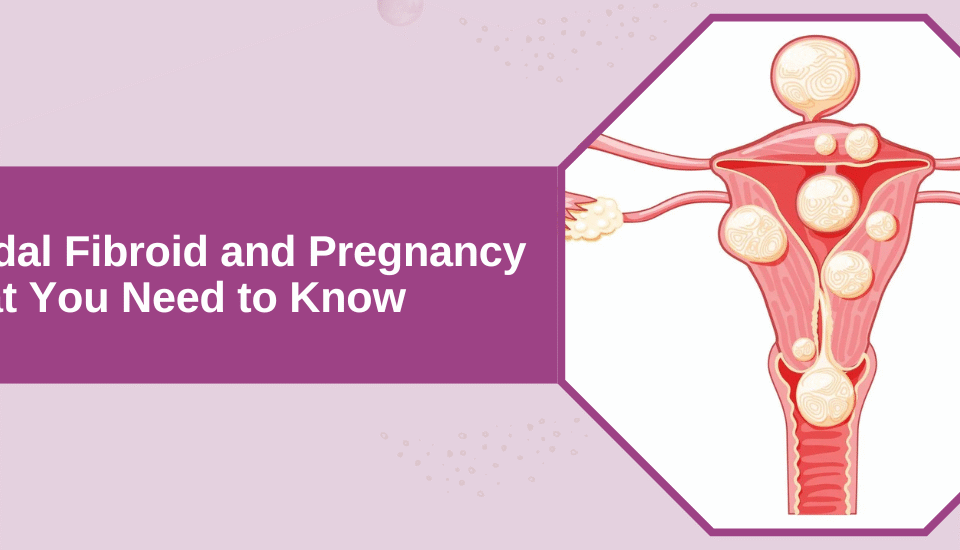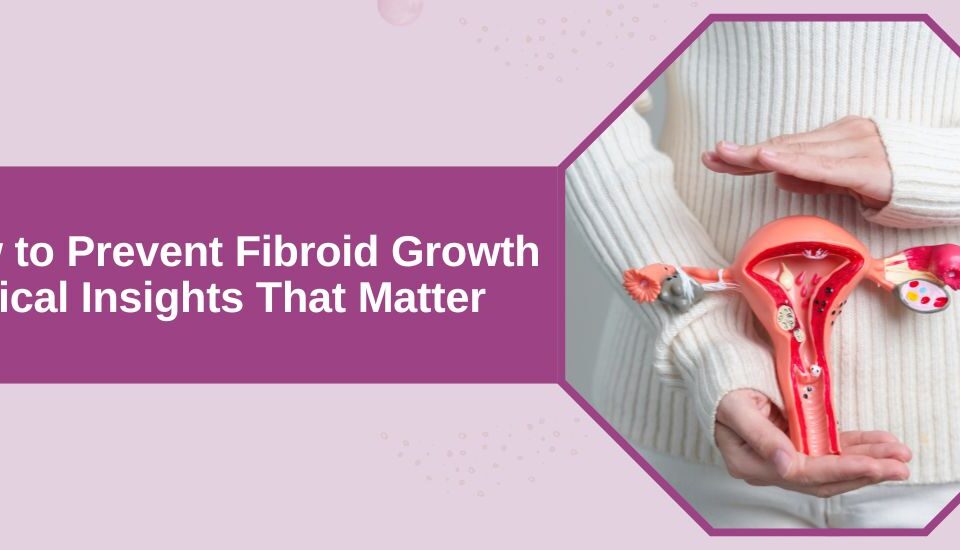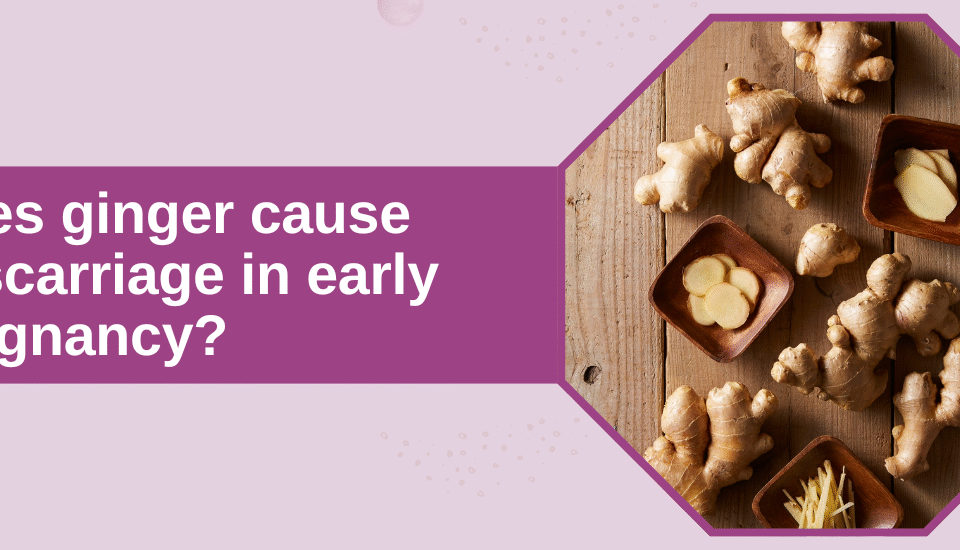- Have any questions?
- +91-98717 17305
- babiesandus12@gmail.com
No Cramping After Embryo Transfer

Spotting 25 days after IVF transfer
October 14, 2024
Stem Cell IVF Treatment: A Revolutionary Approach to Fertility
October 14, 2024Embryo transfer is a crucial step in the IVF process, filled with excitement and anxiety for hopeful parents. One common concern patients face is whether the absence of cramping post-transfer is standard. While some women may experience mild cramping, others may notice no discomfort at all, leading to questions about the success of the procedure.
According to Dr. Hrishikesh Pai, Founder of Babies & Us Fertility IVF & ICSI Center in Mumbai:
“The absence of cramping is not unusual and shouldn’t be a cause for alarm. Every woman’s body responds differently to embryo transfer, and the outcome is influenced by various factors. Whether you feel symptoms like cramping or not, each journey is different, and the absence of symptoms can still lead to a successful outcome”

This blog explores what it means when there’s no cramping after an embryo transfer, and what you can do to stay focused.
Is No Cramping After Embryo Transfer Normal?
Yes, it is completely normal to experience no cramping after an embryo transfer. In fact, there is no universal physical response that women should expect. Some may feel mild discomfort similar to menstrual cramps, while others feel nothing at all. The absence of cramping does not necessarily indicate a problem or a failed implantation.
Our fertility team emphasize that the absence of symptoms like cramping does not affect the success rate of the procedure:
“While cramping can be a result of the uterus adjusting to the embryo, the absence of it simply means that the body is responding in its own, often subtle, way.”

Are you constantly worried about the absence of discomfort post-embryo transfer? Speak with a trusted IVF doctor to receive personalized guidance on your fertility path.
So, why exactly might your body be staying quiet after the transfer? Let’s break it down.
Causes of No Cramping After Embryo Transfer
There are a variety of reasons why some women may not experience cramping after embryo transfer. Here are a few potential causes:
Individual Body Response: Each woman’s body reacts differently to the hormonal changes brought about by IVF treatments. Some bodies adjust smoothly, without any signs of discomfort like cramping.

Minimal Uterine Irritation: Cramping is often caused by slight irritation of the uterine lining during or after the transfer. In cases where the transfer is particularly smooth, this irritation may be minimal, leading to no cramping.
Progesterone Support: Many women undergoing IVF are prescribed progesterone supplements to support the uterine lining. Progesterone helps maintain a calm uterine environment, which can reduce or eliminate cramping altogether.
Emotional Stress: It’s also possible that stress and anxiety might heighten physical sensations, but for some, stress can manifest in ways that don’t cause physical symptoms like cramping. Every woman processes the procedure differently.
General Health and Fitness: A healthy body may recover quickly without showing common post-transfer signs. In such cases, the body is less prone to typical reactions, such as cramping, after the procedure.
Understanding that each body is different is key to feeling confident during the two-week wait after embryo transfer.
Wondering if this is good news or not? Let’s find out!
No cramping post-IVF transfer – Positive or Negative Sign?
Whether cramping occurs or not, it doesn’t necessarily indicate a positive or negative outcome for the embryo transfer. Many women who do not feel any cramping or discomfort go on to have successful pregnancies, while some who experience cramping may also see positive results. There’s no single physical indicator that guarantees a successful implantation. It’s important to wait for your scheduled pregnancy test rather than relying on physical symptoms.
Dr. Hrishikesh Pai, a renowned IVF specialist in Mumbai, says:
“Cramping is just one of the many responses the body might have to embryo transfer, and it’s not definitive. The real confirmation of the embryo’s implantation comes with the pregnancy blood test (beta hCG test), which is typically scheduled 10 to 14 days after the transfer.”

Now that you know more, what’s your next step? Let’s find out what you can do to stay on track.
What Should I Do?
If you’re feeling concerned about the lack of cramping or any other symptoms, here are a few steps you can take to ensure you’re on the right track:
Stay Calm and Positive: The waiting period after an embryo transfer can be stressful, but it’s important to remain calm. Symptoms like cramping, or the lack thereof, are not reliable indicators of success. Focus on staying mentally and emotionally balanced.
Follow Medical Instructions: It’s essential to follow all post-transfer care guidelines provided by your doctor. Take the prescribed medications, attend follow-up appointments, and avoid strenuous activities.
Avoid Self-Diagnosing: While it can be tempting to analyze every symptom (or lack of symptom), avoid jumping to conclusions. Every IVF journey is different, and interpreting your body’s signals can be misleading.
Reach Out to Your Doctor: If you feel anxious or unsure about what you’re experiencing, don’t hesitate to consult with your fertility doctor. They can offer reassurance and guide you on what to expect.

Rest and Take Care of Yourself: Taking care of your physical and emotional health is important during this waiting period. Get plenty of rest, stay hydrated, and avoid any unnecessary stress. This can help ensure a smoother recovery and a better overall experience.
Wondering what comes next? Consult an experienced fertility expert who can answer your questions and help you navigate the post-transfer phase with confidence.
Conclusion
Experiencing no cramping after an embryo transfer is completely normal, and there is no need to worry about it being a negative sign. As each woman’s body reacts differently, it’s important not to compare your experience with others.
At Babies & Us Fertility IVF & ICSI Center in Mumbai, the specialists understand the concerns that arise during this delicate stage of the IVF process. They recommend that you stay patient and optimistic while following your doctor’s advice.
Remember, your journey toward parenthood is unique—trust the process and stay focused on the bigger picture.
Let’s navigate some common concerns about the post-embryo transfer period!
FAQs
Can I exercise after my embryo transfer if I feel no cramping?
It’s generally recommended to avoid strenuous physical activity after an embryo transfer, regardless of symptoms like cramping. Light walking is usually fine, but consult your fertility specialist for personalized advice based on your specific case.
Should I avoid certain foods after embryo transfer?
While there’s no strict diet, it’s advisable to eat a balanced, healthy diet rich in fruits, vegetables, and lean proteins. Avoid excessive caffeine, alcohol, and highly processed foods to support a healthy environment for implantation.
Is bed rest necessary if I don’t have cramping after embryo transfer?
Complete bed rest is not usually required after embryo transfer, even if you experience cramping. Gentle activity is often encouraged to improve circulation, but always follow the guidance of your fertility doctor.
Can stress affect the outcome even if I don’t have cramping?
Yes, stress can potentially affect your body’s overall response to embryo transfer, regardless of cramping. Managing stress through relaxation techniques like meditation or gentle yoga can help create a more supportive environment for implantation.
Disclaimer: The information shared in this content is for educational purposes only and not for promotional use.
Reference Links:
https://flo.health/getting-pregnant/trouble-conceiving/fertility-treatments/positive-signs-after-embryo-transfer
https://advancedfertility.com/ivf-in-detail/embryo-transfer/




